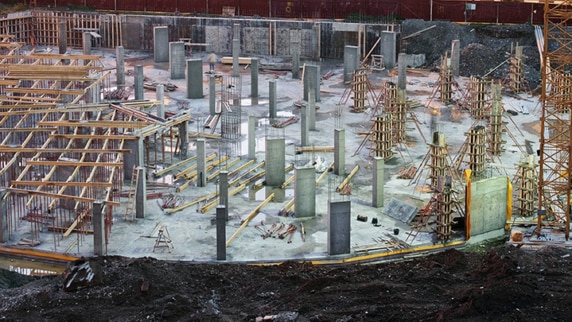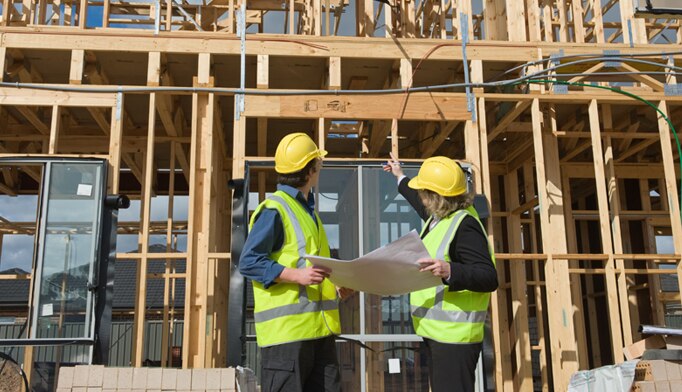
As we continue to navigate the COVID-19 pandemic, we anticipate claim activity against design professionals, architects, and engineers. From delay in performance claims and inspection errors to economic downturn causing owners to displace blame and health-related claims, we consider the potential future claims and offer recommendations on how design professionals can prepare now to limit or mitigate their risk.
Delay claims
Common triggers:
- Stay-at-home orders that prevent access to critical materials at offices or work sites
- Stay-at-home orders that prevent site approvals
- Social distancing and worker shortages that slow progress at job sites
- Suspension of permits and inspections
- Interruptions in supply chains and payments
- Unforeseen costs, such as equipment rentals that need to be extended, or liability to owners whose buildings are not completed on time
How to limit exposure:
- Make sure contracts accurately describe scope of work.
- Make sure contracts have clear, beneficial provisions for indemnity, force majeure, and insurance.
- Communicate concerns about delays to project owners and contractors.
- Document impact of COVID-19 on change orders and cost overruns.
- Withhold comments on delay claims presented by owners or contractors.
Claims related to working remotely
Common triggers:
- Restrictions and regulations that limit site observations, inspections, and payments, leading to assertions of mistakes or damages.
- Software and server issues and reduced face-to-face communication that lead to errors.
How to limit exposure:
- Conduct site inspections using best practices; do not rely on remote methods.
- Document social distancing regulations and policies that restrict site access.
- Optimize remote-work functions with cloud-based systems and VPN training.
Claims related to severe economic decline
Common triggers:
- Projects terminated because of financial strain but are blamed on alleged faulty design
- Value engineering measures that eventually lead to costly repairs, resulting in litigation
How to limit exposure:
- Expect payment delays due to rising financial pressure and show patience to avoid claims by the client.
- Seek protection under federal and state Prompt Pay Acts.
- Communicate the risks of value engineering to clients; establish proof of the client’s ownership of decisions to proceed.
Health-related claims
Common triggers:
- Blaming COVID-19 illness on alleged faulty design linked to crowding, poor ventilation or insufficient humidity levels.
How to limit exposure:
- Know state and local COVID-19 prevention regulations; document compliance.
- Seek protection under federal and state Prompt Pay Acts.
- Communicate the risks of value engineering to clients; establish proof of the client’s ownership of decisions to proceed.
Related insights
This website is general in nature, and is provided as a courtesy to you. Information is accurate to the best of Liberty Mutual’s knowledge, but companies and individuals should not rely on it to prevent and mitigate all risks as an explanation of coverage or benefits under an insurance policy. Consult your professional advisor regarding your particular facts and circumstance. By citing external authorities or linking to other websites, Liberty Mutual is not endorsing them.



